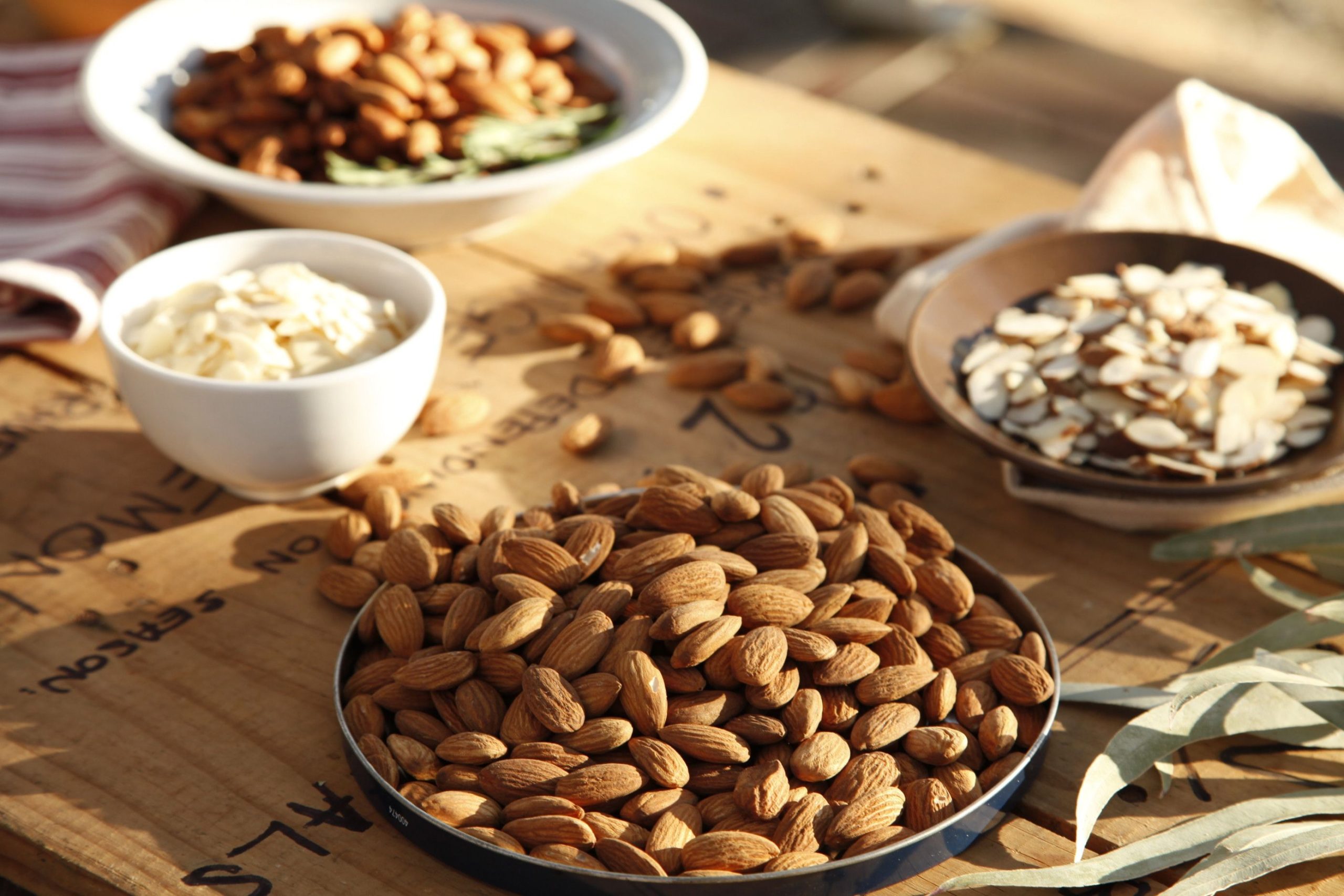



Article by: Hari Yellina (Orchard Tech)
Full water storage facilities, a healthy pollination period, and favourable market circumstances have all combined to make the 2022 almond season a promising one. The Australian Agricultural Outlook 2022 published by Rural Bank provided a rosy image for the industry, with more than 140,000 tonnes expected for the 2022 season, up 16,000 tonnes from the 2021 season. Domestic consumption for almonds is likely to remain strong, according to the research, however shipping delays and higher logistical costs would hurt exporters well into 2022.
With over 108,000 tonnes exported in the 12 months to September 2021, this remains a severe worry,” the Rural Bank warned. Better-than-expected production will be seen throughout California, however, the output will likely remain below prior years, with a reduction of 10% currently estimated this year. Moreover, the global almond production is expected to fall by 8%. This followed a time of severe drought in the United States in 2021, which had a negative impact on output. As a result, after a dip in 2021 export demands for Australian almonds are all set to revive. The industry remains optimistic that prices will revert to the 10-year average of roughly $7.40/kg in 2022, with some forecasting a price increase of 50% or more.
Chairman Peter Hayes stated in the Almond Board of Australia’s 2020-21 annual report that water storage gives the crop confidence. In fact, water storages are overflowing as a result of good winter and early spring rains and large environmental flows are providing a flush for the river system and floodplain waterways. With plenty of water for horticulture crops in the Southern Basin, the growing season and market conditions for almonds in 2022 look quite optimistic.
Driven by rising global demand for plant-based healthy foods such as nuts and nut products, Australia has become a world leader in almond production. There are now more than 15.4 million almond trees planted across four states, and the relentless growth of the almond industry shows no sign of slowing down. While managed investment schemes kicked off the almond boom in northwest Victoria from 2003 to 2008, expansion in the NSW Riverina during the past decade means growers in that region now account for 35 per cent of trees.